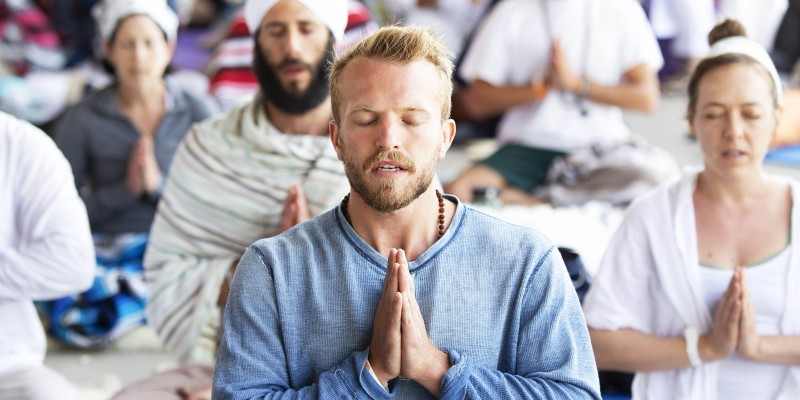Power and Vulnerability in the Student-Teacher Relationship
Humans are typically very willing to give away their power if they think a person can help them. This dynamic creates an imbalance of power within the relationship. This imbalance is magnified in a relationship with a yoga teacher, therapist, or spiritual leader because of the greater degree of trust involved and the accompanying desires to both please and to not displease the teacher or leader. A yoga teacher is not inherently more powerful than others. Rather, the students’ trust and their desire for a perceived benefit – their vulnerability – give the teacher more power and influence in the relationship. There is nothing wrong with…









